If Ian Callum, Jaguar’s design director, were to put his pen down today, his position high in the design firmament would be secure forever.
This is the man whose Aston Martin DB7 design saved its maker in the early 1990s, after which he designed the Aston Martin Vanquish, DB9 and Aston Martin Vantage, which set Aston on a whole new path.
A few years later, Callum’s vision of the future allowed Jaguar, whose management at the time wanted to keep it handcuffed to worn-out traditions, to leapfrog two design generations and become modern again – starting with the Jaguar XF in 2007 and leading to today’s Jaguar XE, Jaguar F-Pace and now I-Pace. But Callum refuses to “wallow in glory”, as he puts it.
“I’m lucky to have come in at difficult times for both companies,” he says. “It’s easier to fix something than to improve what’s already good.” Besides, none of the biggest successes would have been possible without the loyal, multi-talented design team he has assembled at Jaguar but which is barely visible to the outsider’s eye.
Indeed, the desire to understand the duties of this team was the main reason we began asking a year ago to share one of Callum’s working days inside the Whitley design studio. There were initial, understandable concerns about confidentiality, but we came to an eventual understanding that we’d be talking more about people than products.
7.30AM IAN CALLUM’S HOUSE
We’re drinking coffee in the kitchen, looking at a big mural on one of the walls, a colourful abstract of a speeding Jaguar F-Type. There’s no getting away from cars in this house, it seems. Callum is elated because the postman has just brought a new set of Minilite alloy wheels for one of his two treasured Mini Cooper Ss. They are part of an eclectic collection that includes a beautiful Jaguar XJ-C, a Ford hot rod, a Vanquish, one of Land Rover’s last Heritage Defenders and a 1957 Chevrolet saloon – all acquired because Callum feels he needs projects, for sanity’s sake.
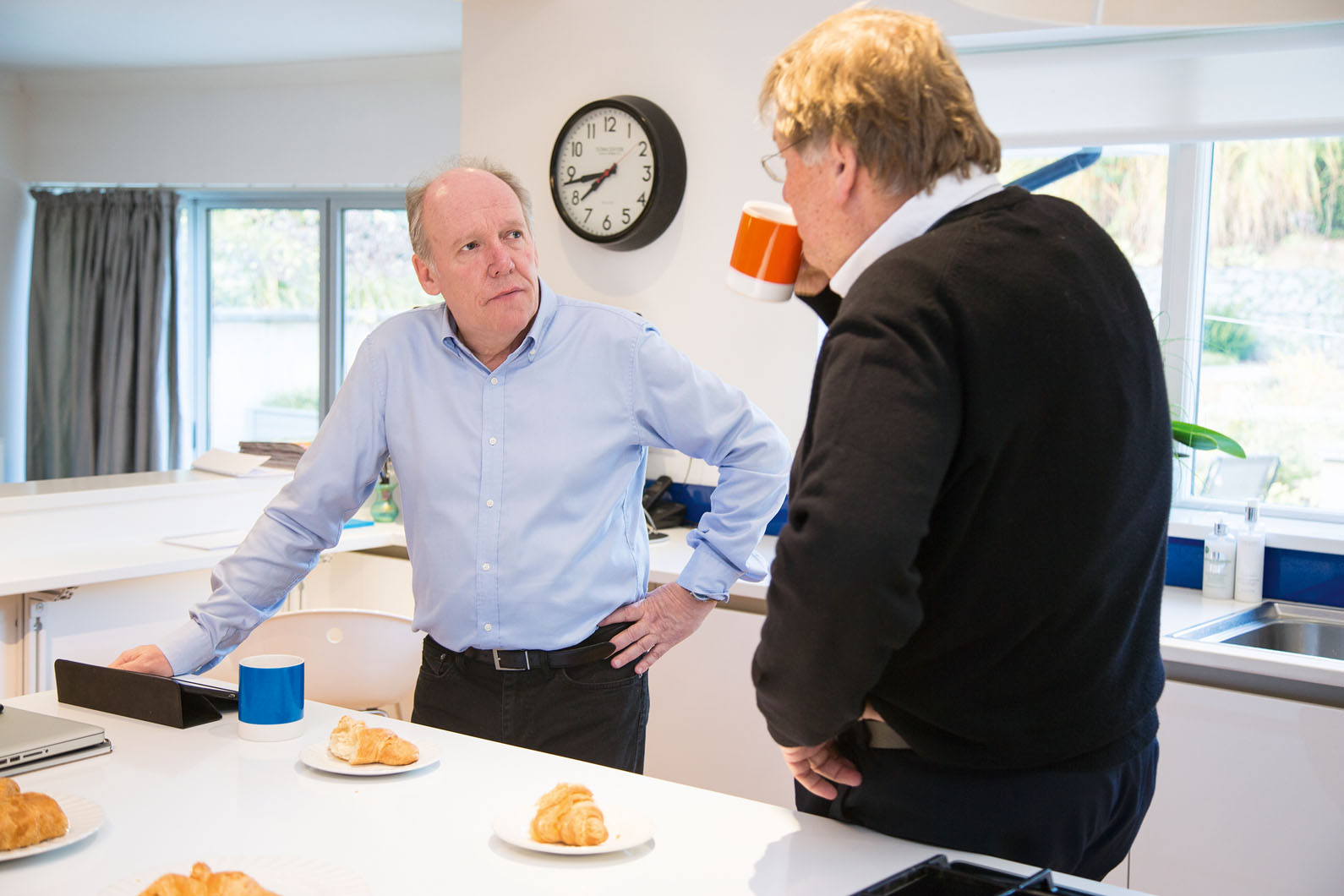



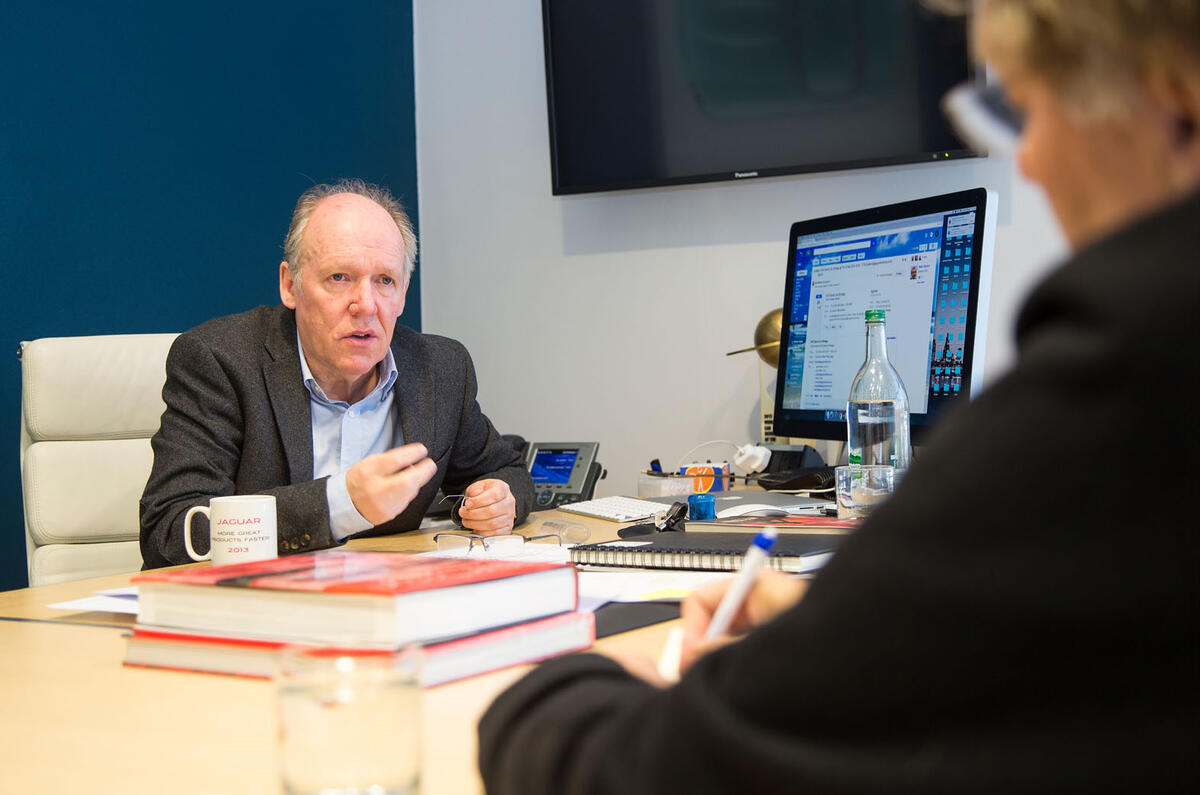
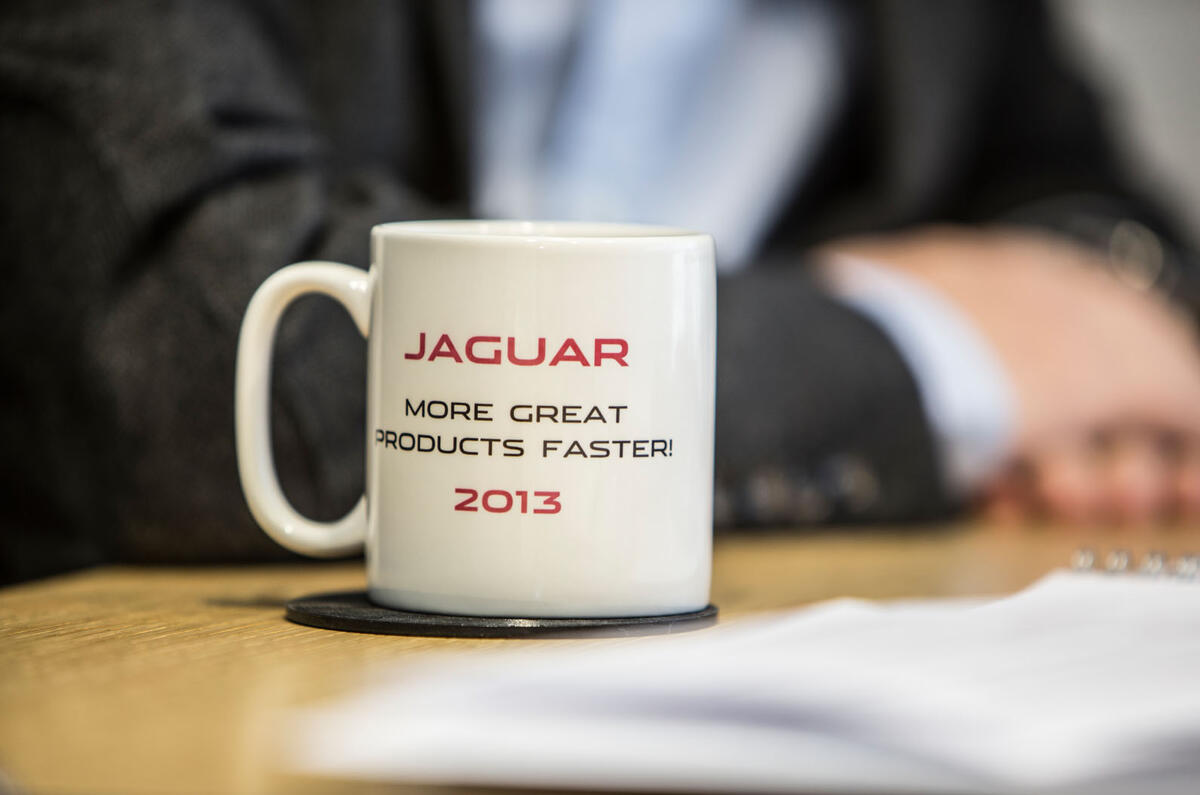
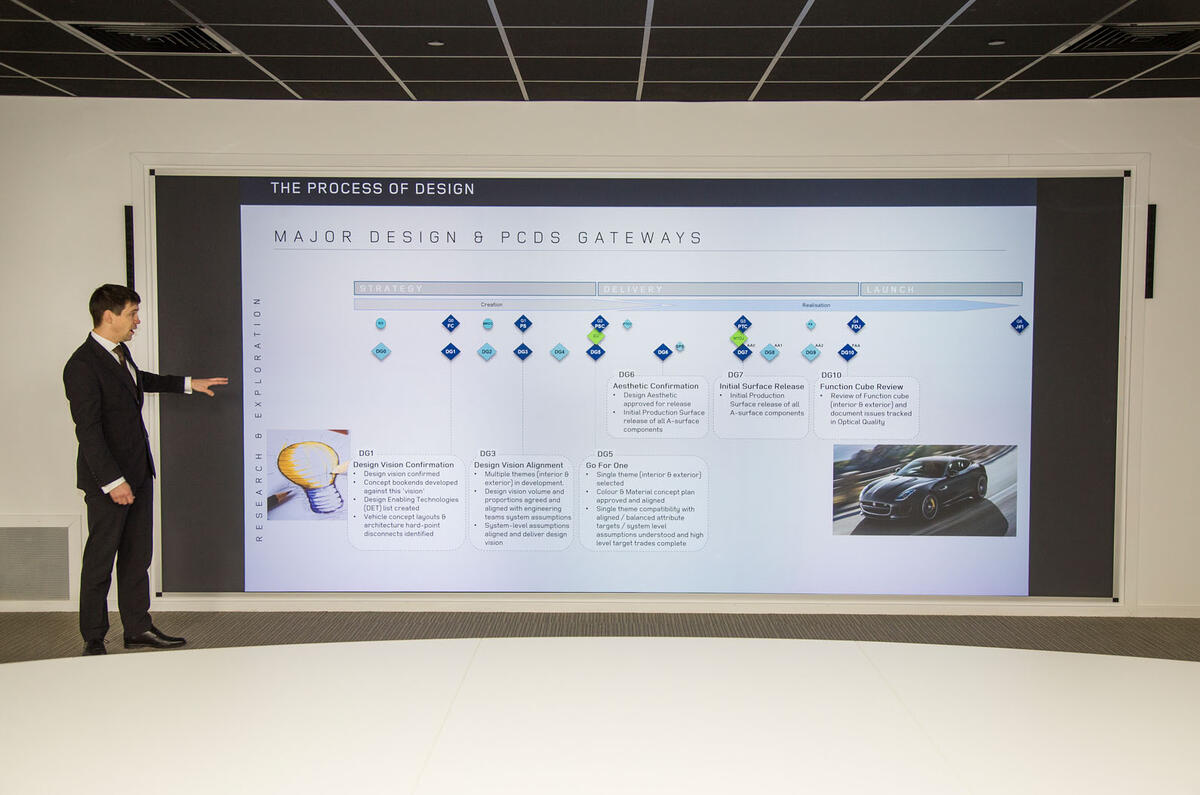
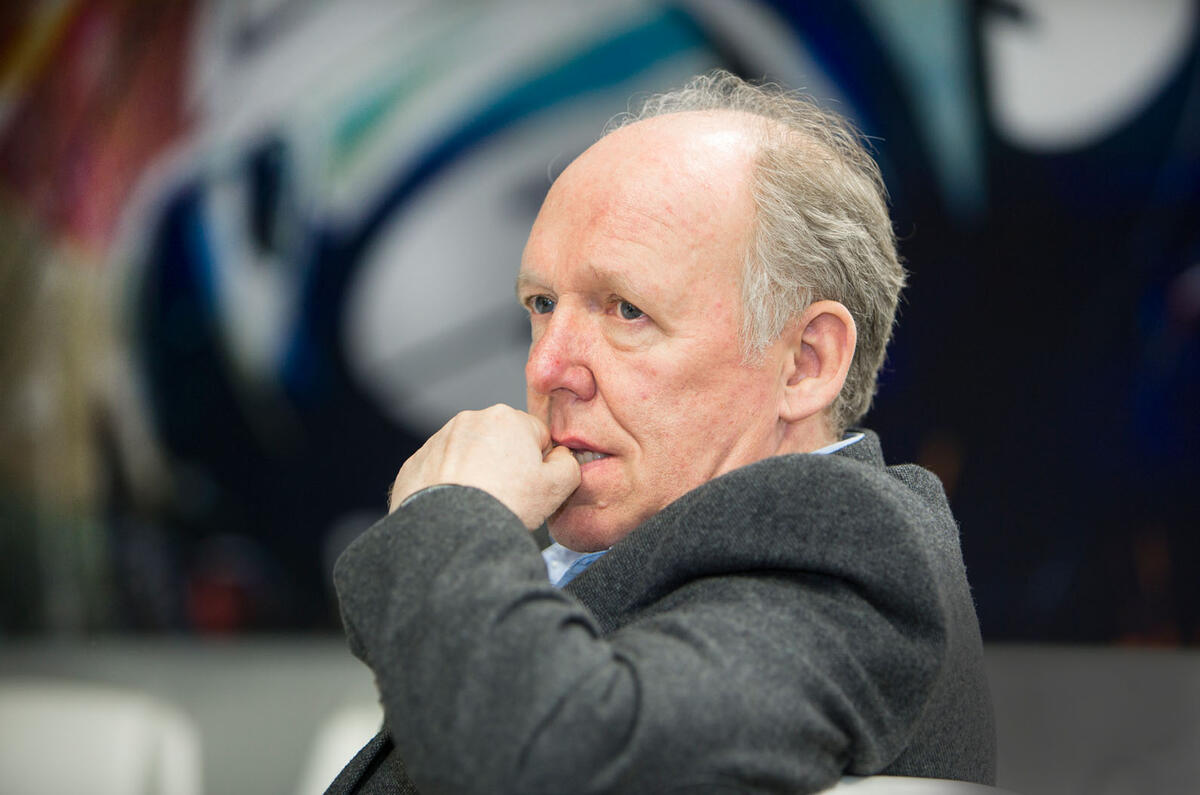

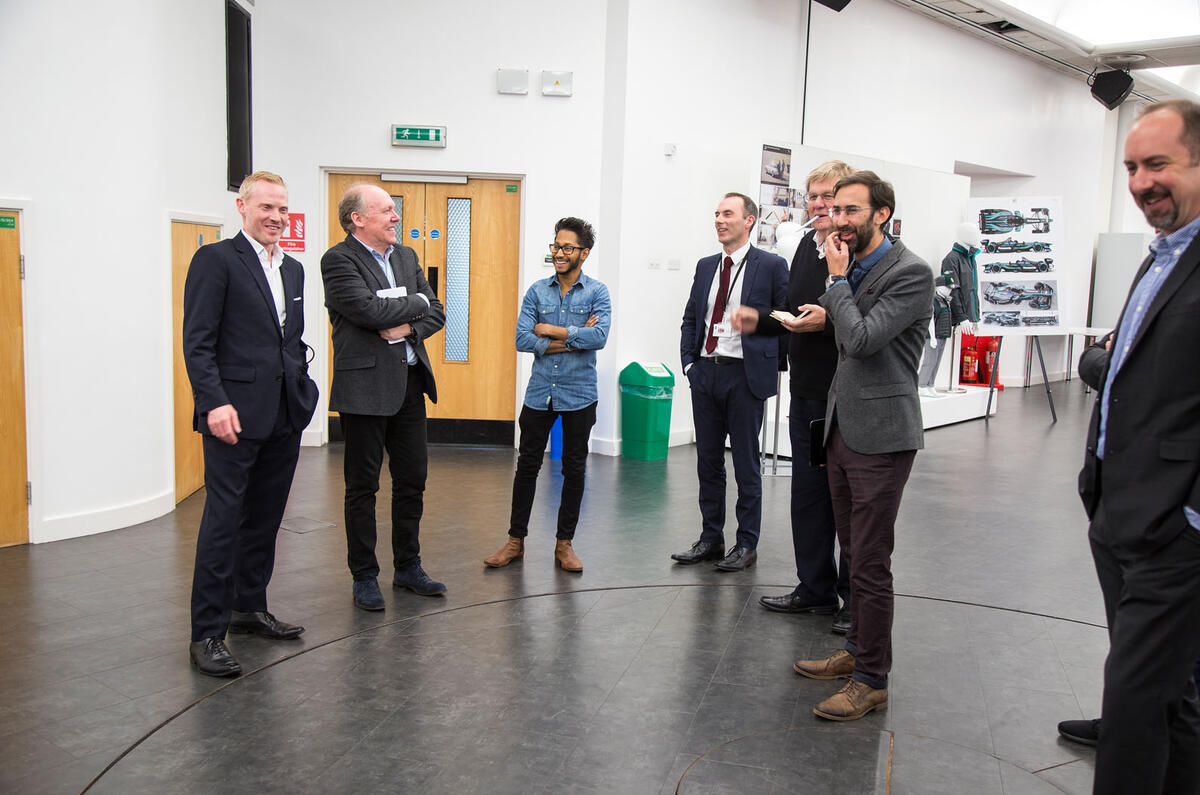

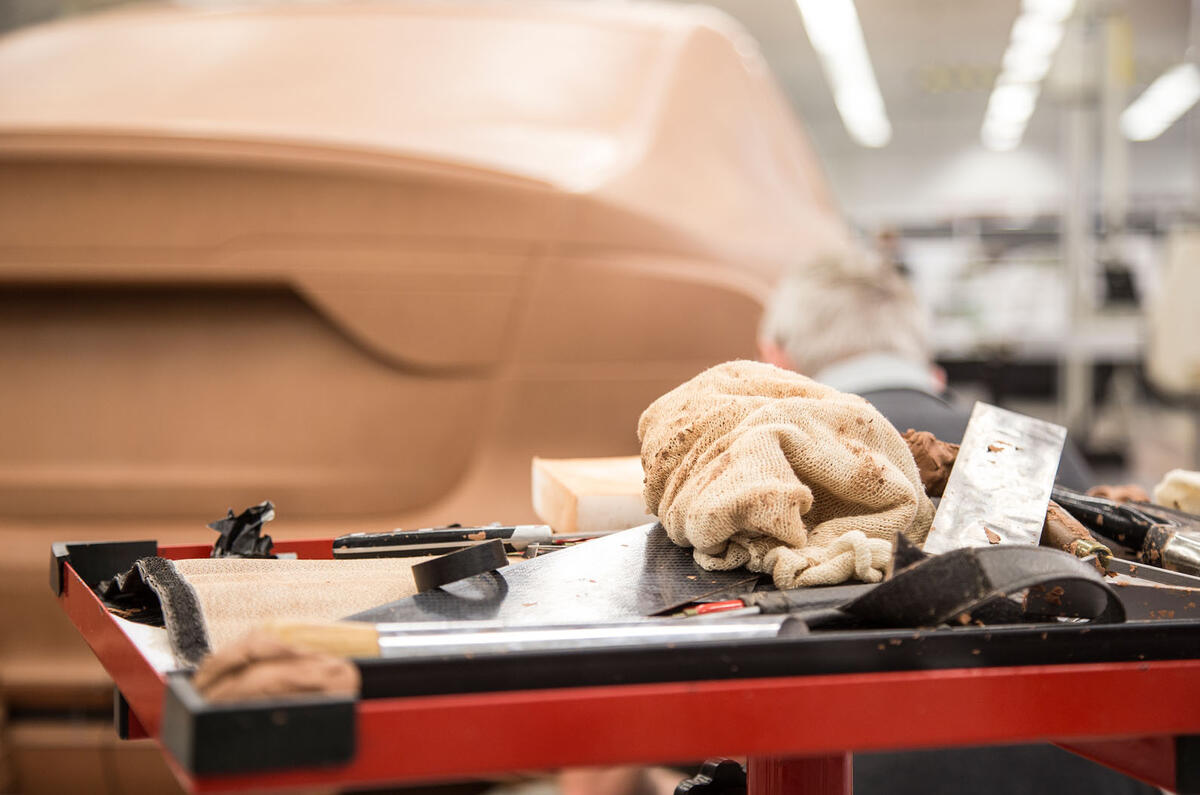




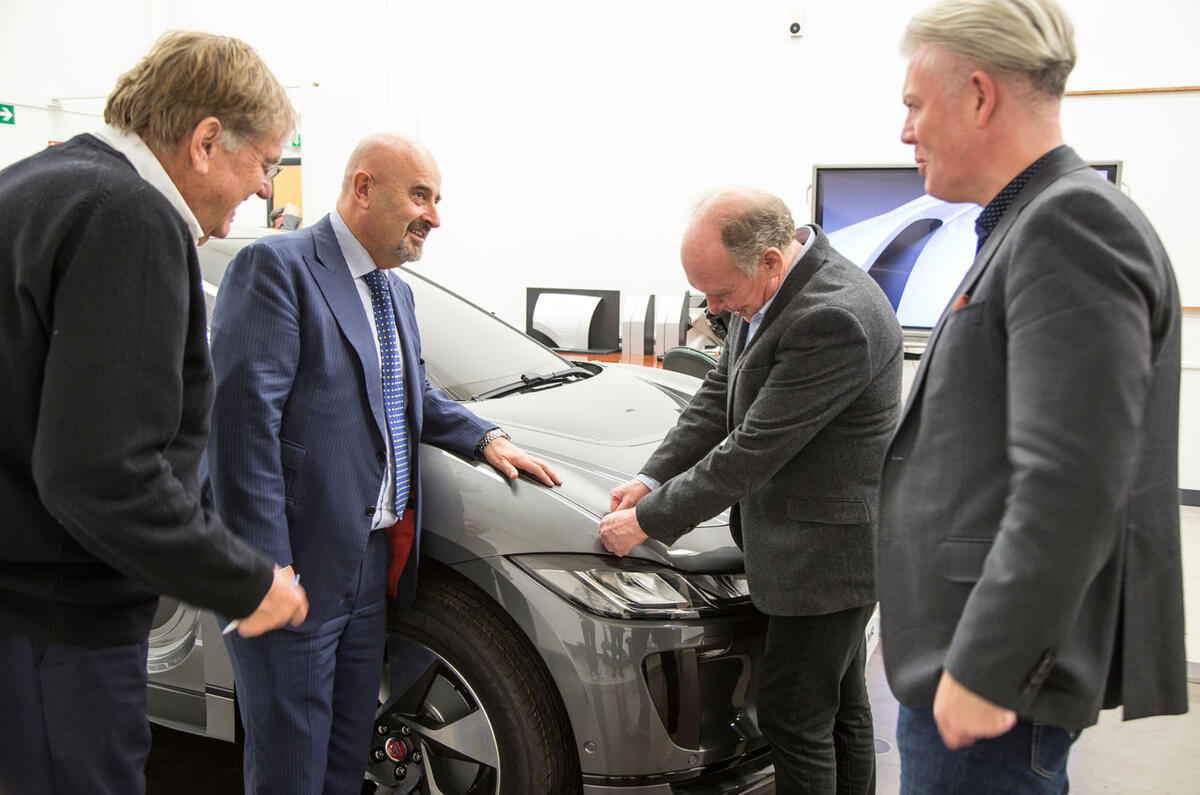
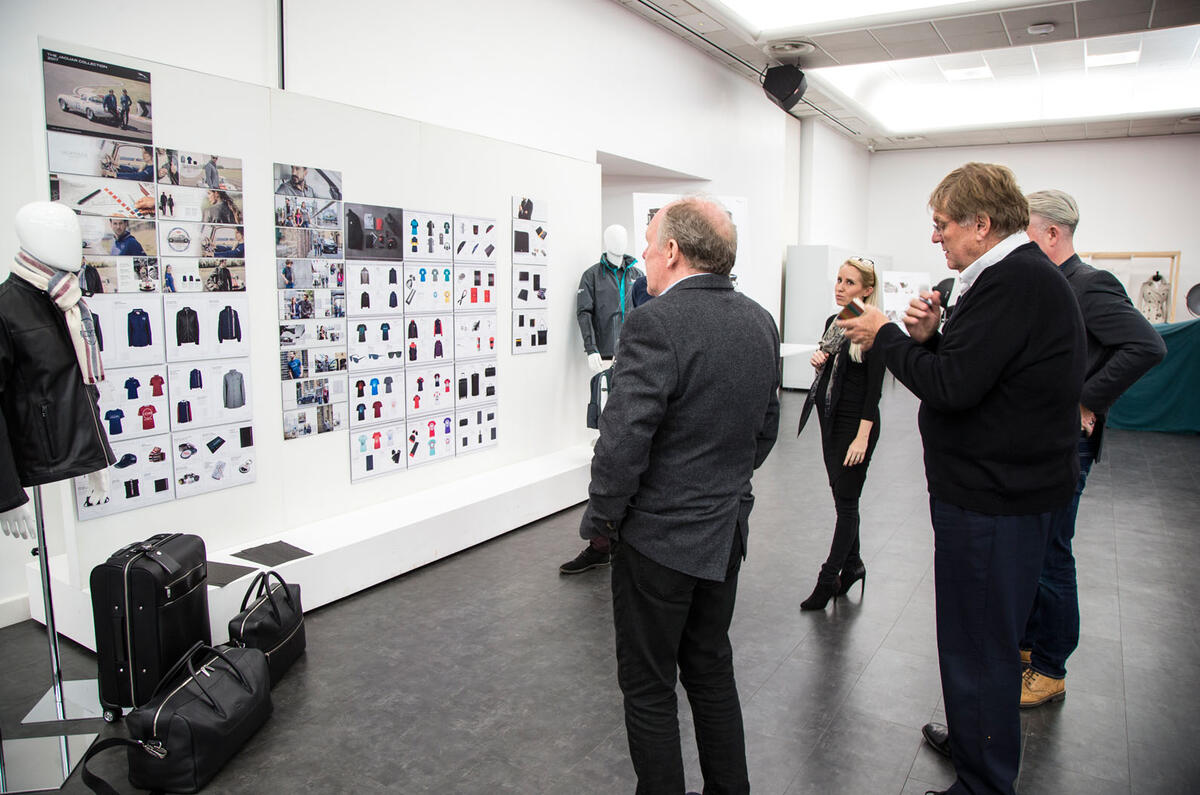
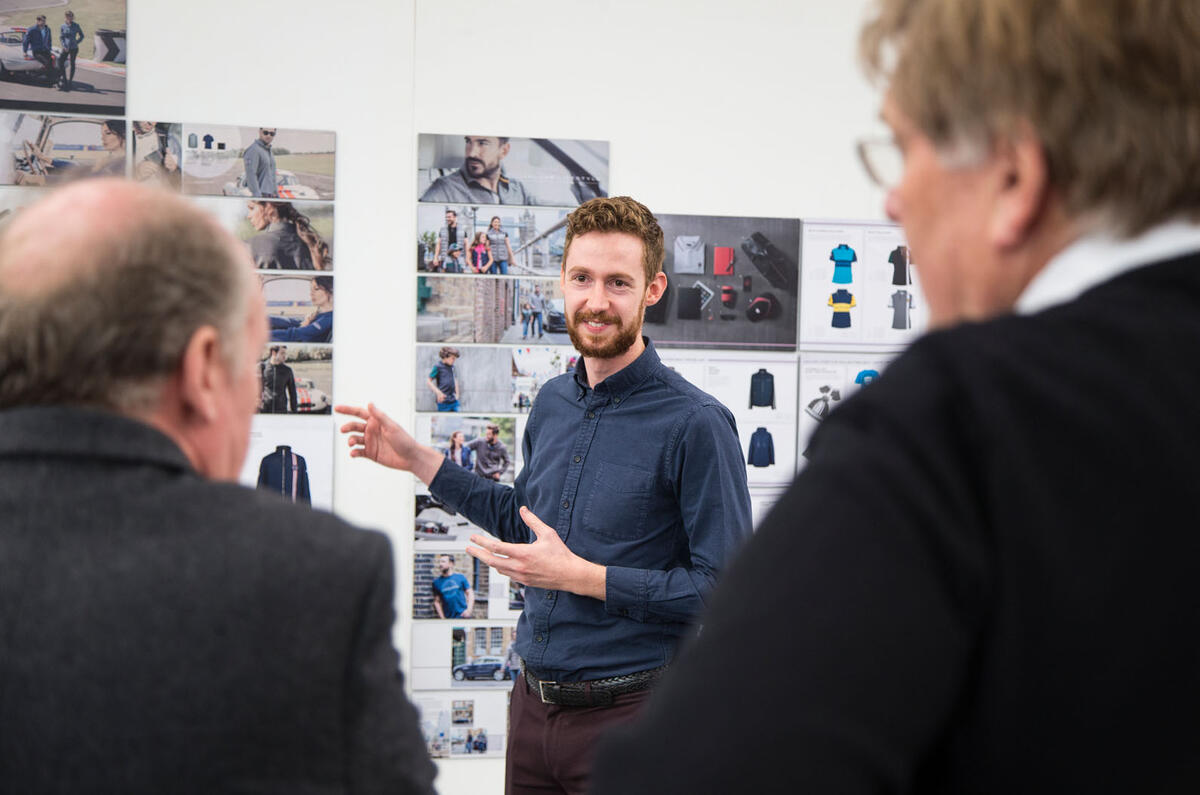
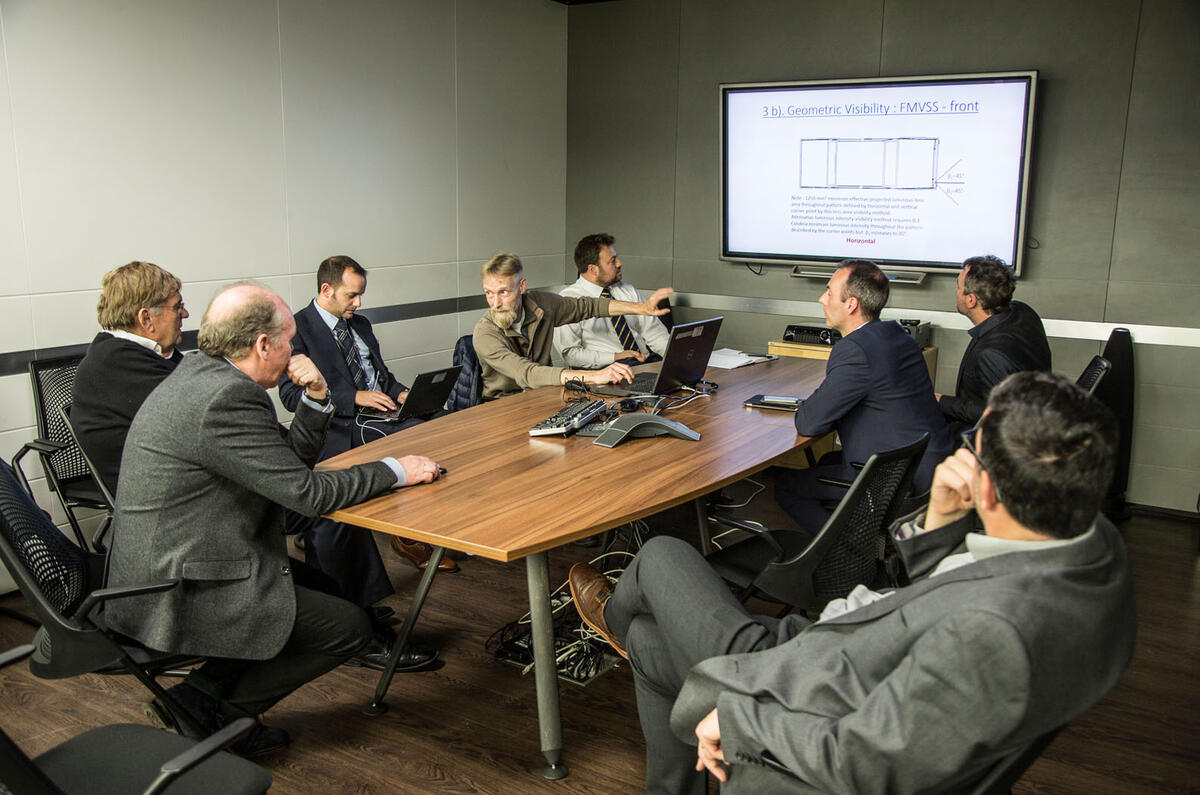

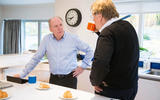

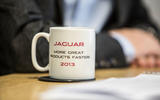
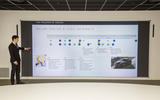
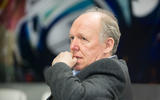
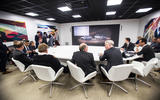
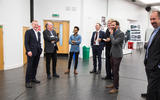

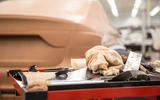
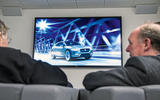

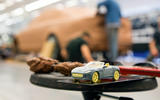
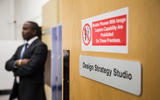

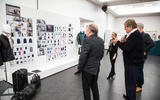
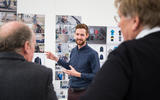


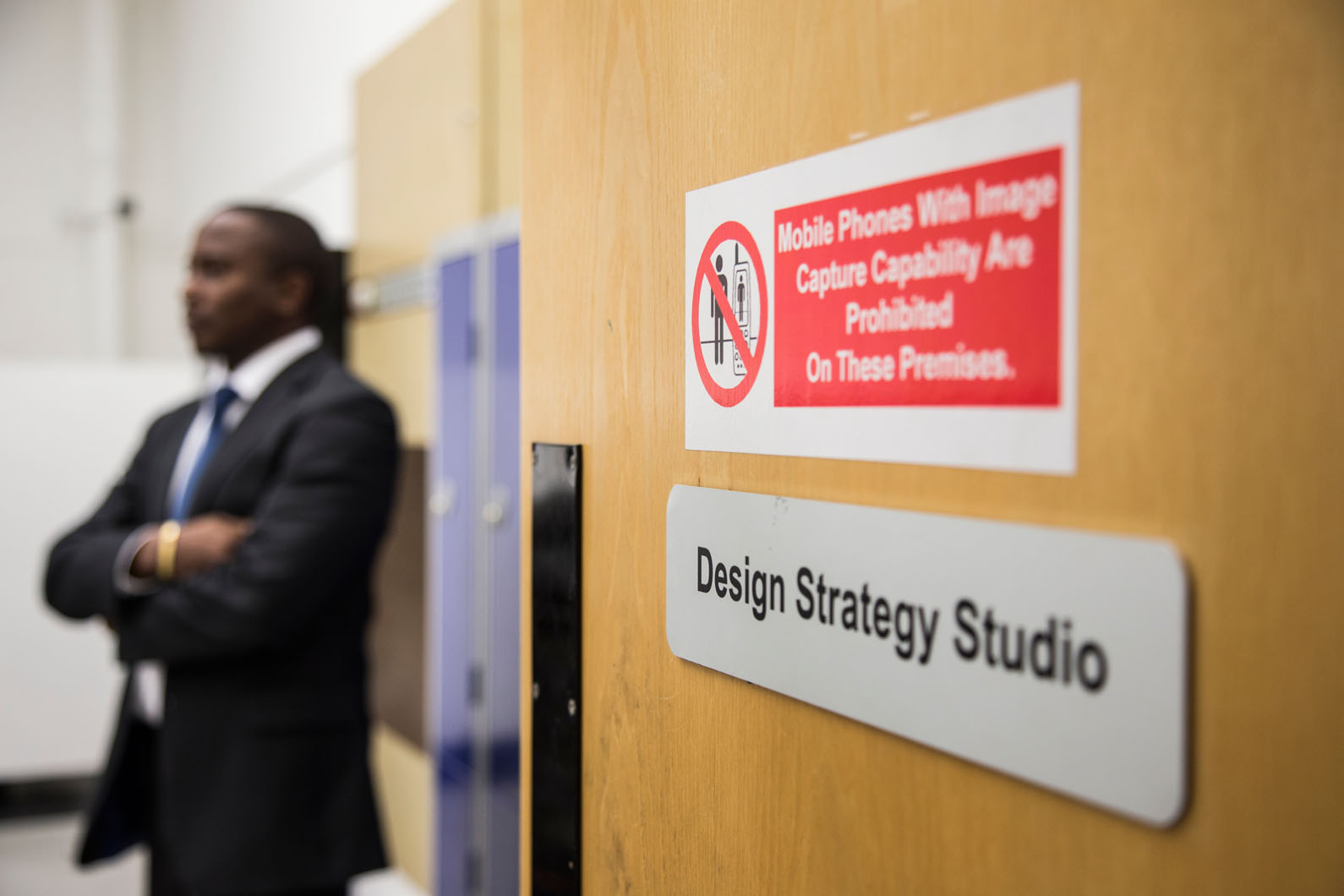
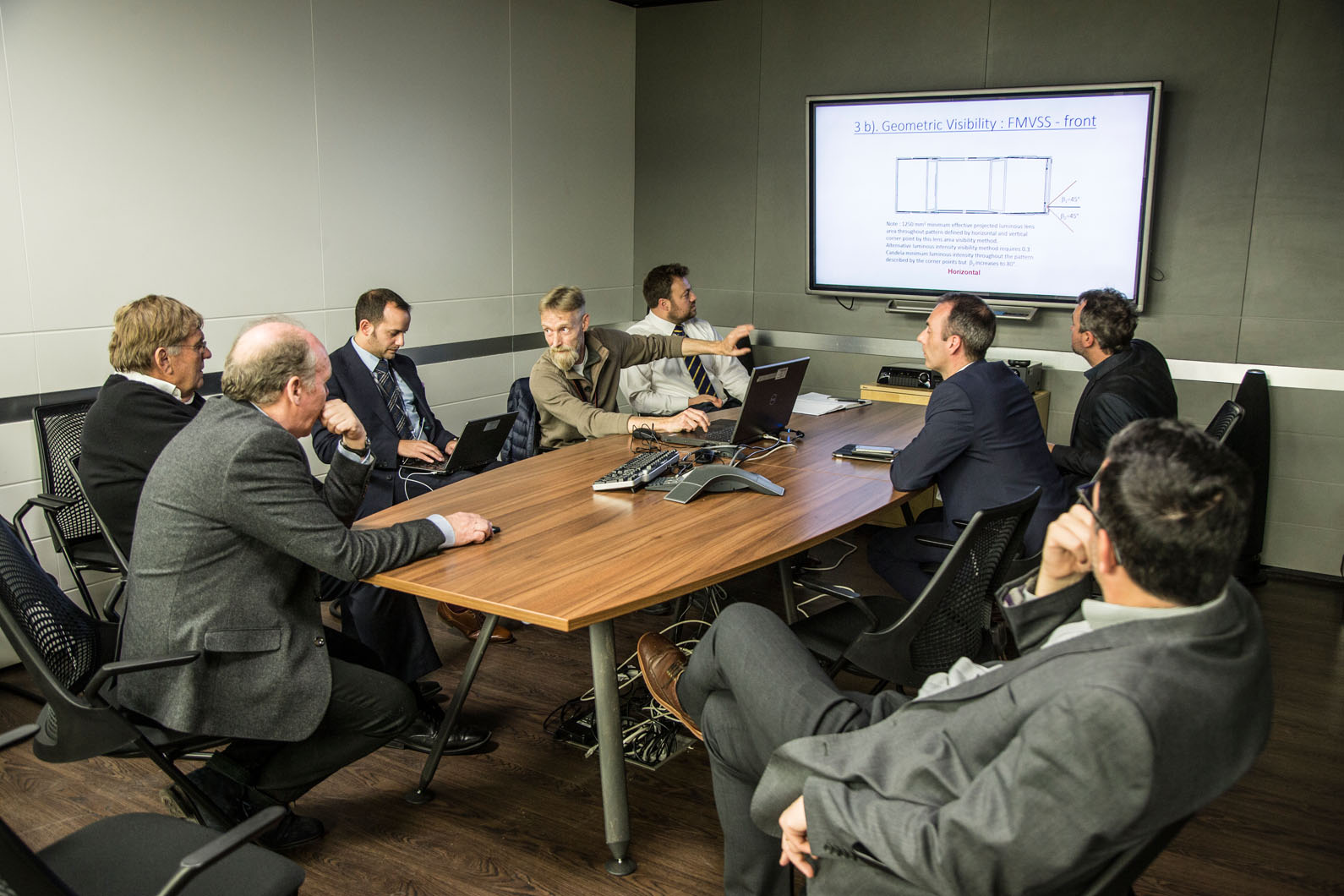
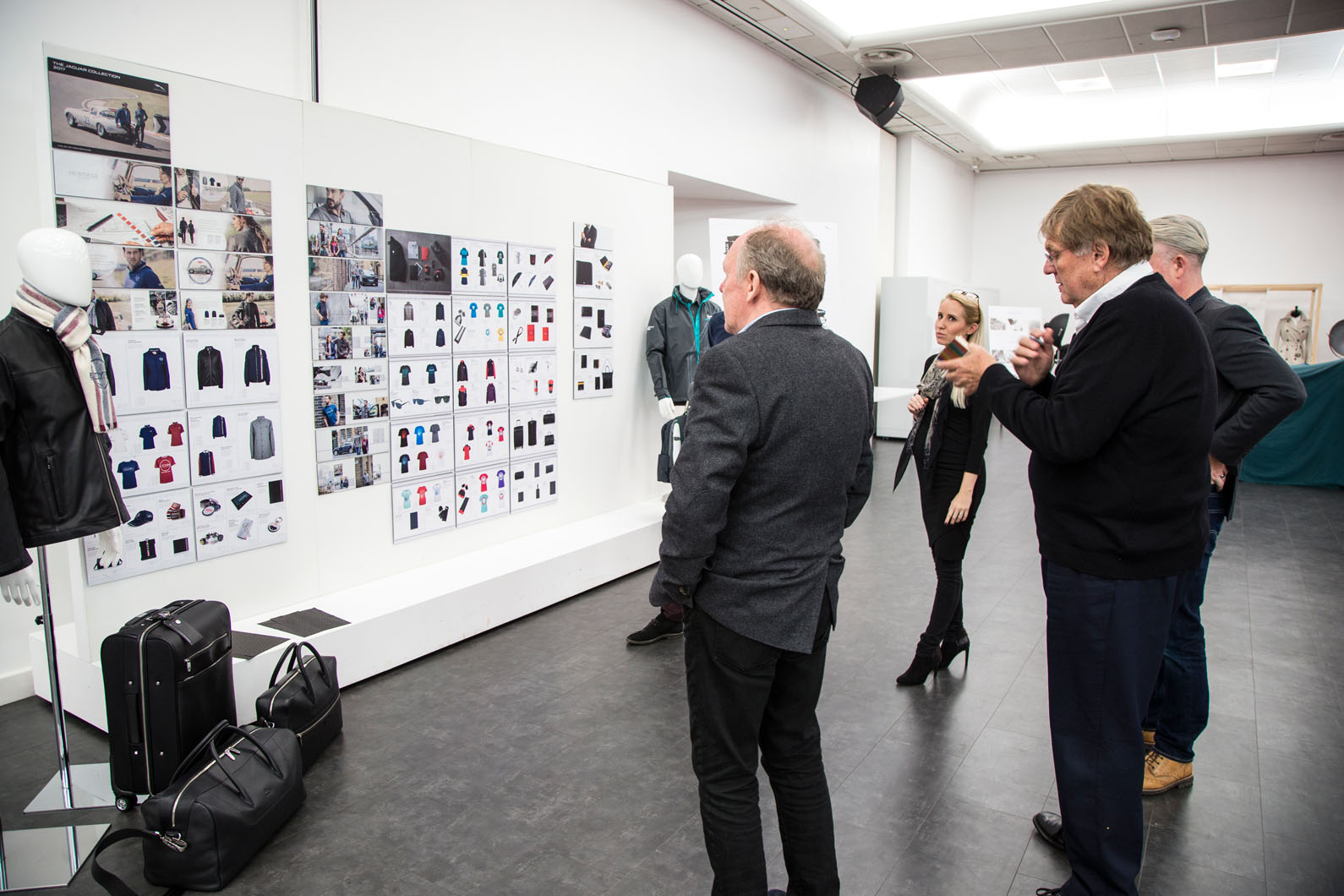
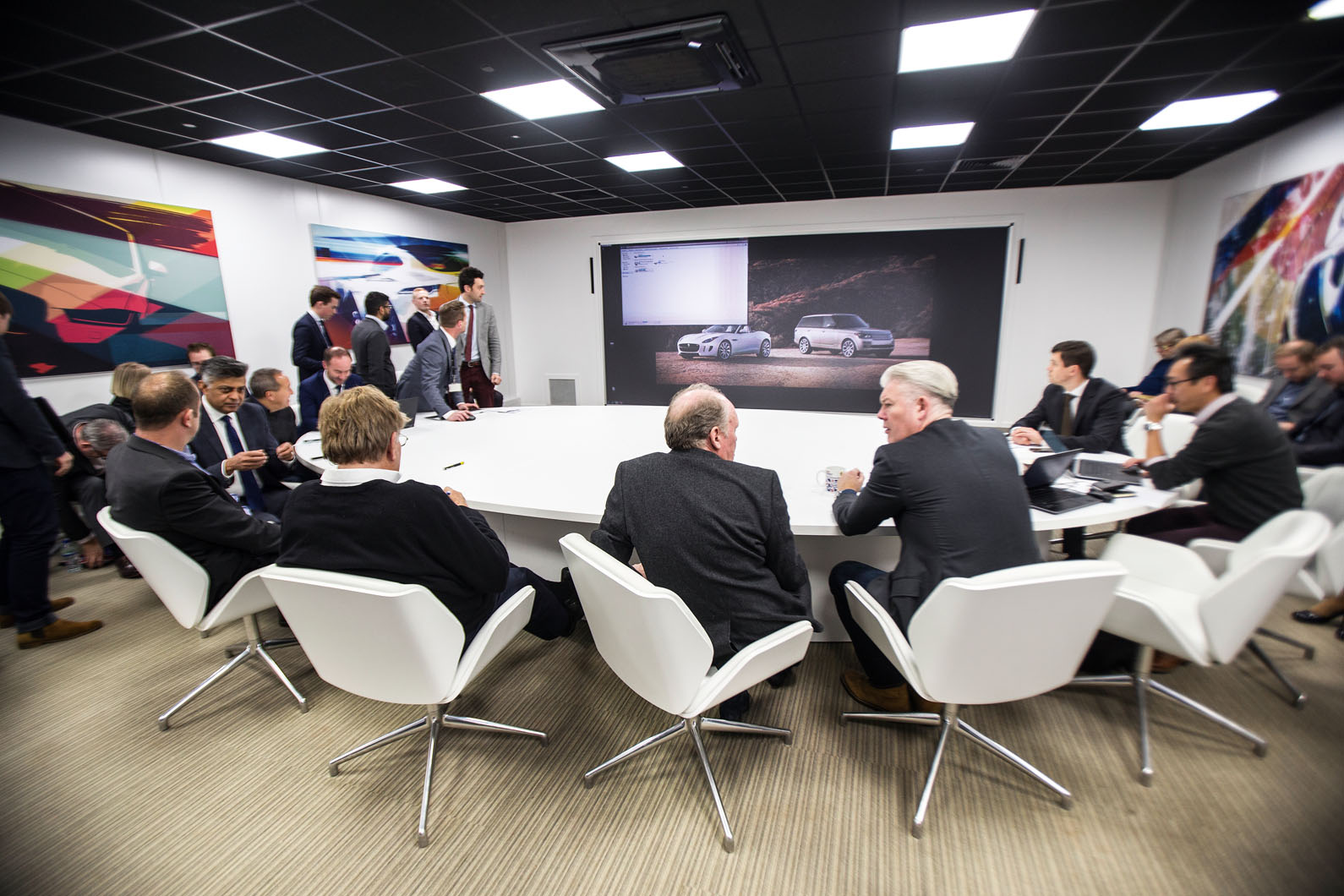
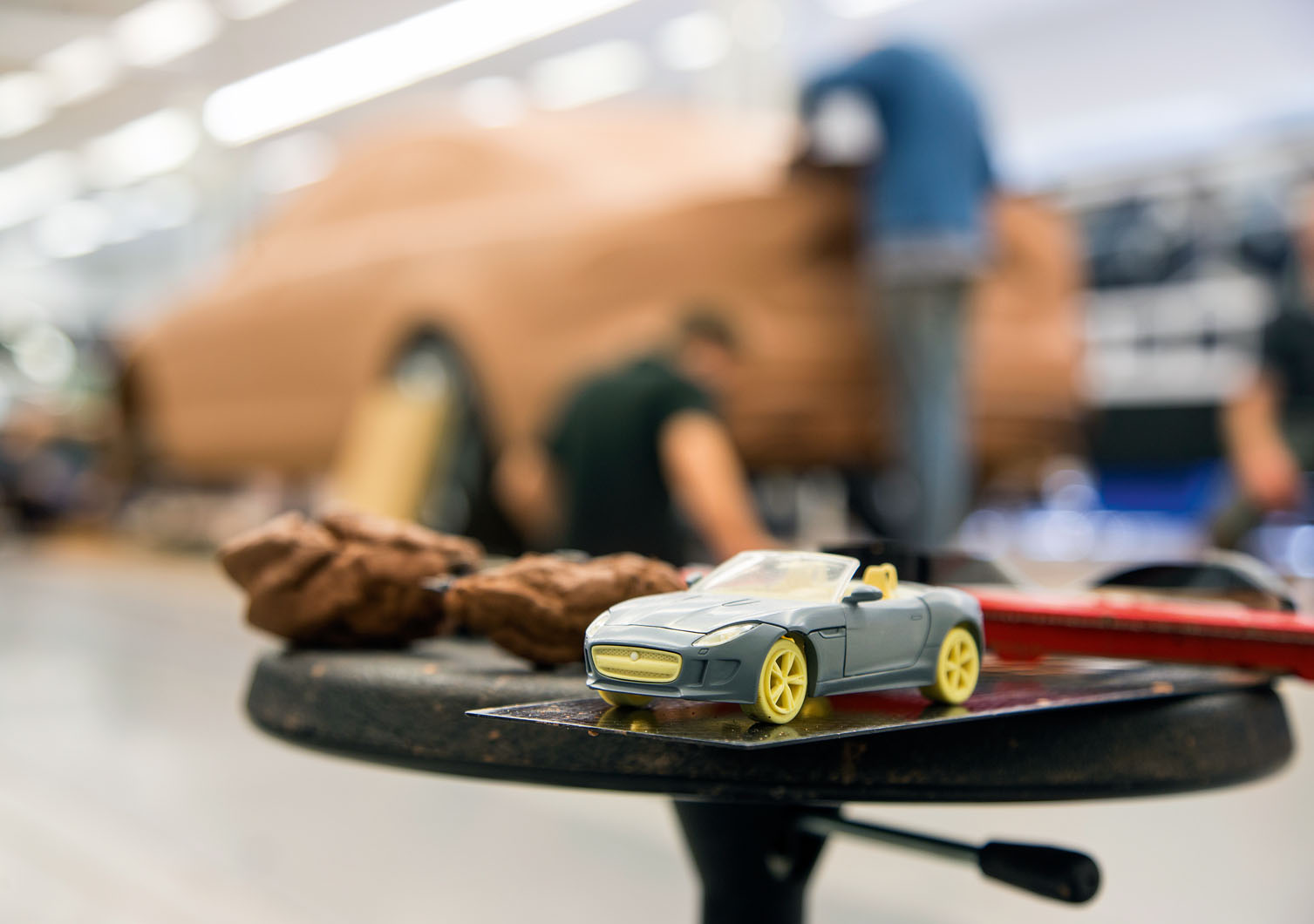





Join the debate
Add your comment
Squint a bit harder
that IS the production version of the I-pace,
the headlights now sports a larger space on its side,
which exhibits the leaper in present models.
Also there's now windscreen wipers unseen on the concept,
lastly the wheels took a leaf of the concept's design but it's now smaller.
Jag
Chris C wrote:
LR interiors are always excellently designed, so J's appalling and inspiration-free interiors can only be the result of incompetence of Callum's studio.
Its a good idea to shed Jaguar's gentleman's image, but my problem is that Callum's studio did not replace it with anything memorable or inventive. The distinctive front end is Callum's beat effort, but the rest, as many commentators pointed out, is bland and derivative.
Jaguar coming on leaps and bounds.
How anyone can say they are dross is beyond me - and a lot of people by the look of the sales figures, which are making JLR the most profitable car company in the world in terms of profit margin - running at about 18% - which will improve even more as a result of the devaluation of the pound, making them cheaper abroad.
I've just received my new F Pace and have to say it's by far the best car I have ever had.